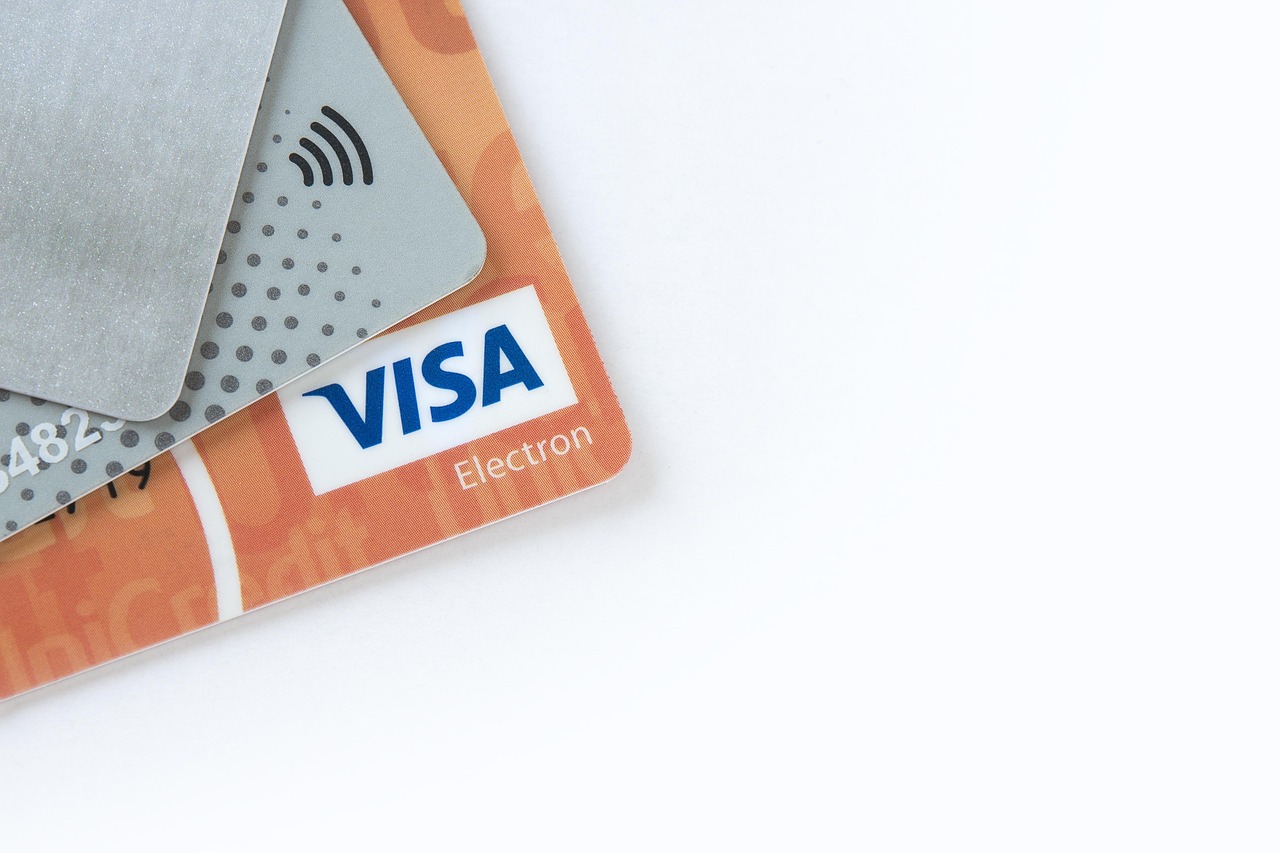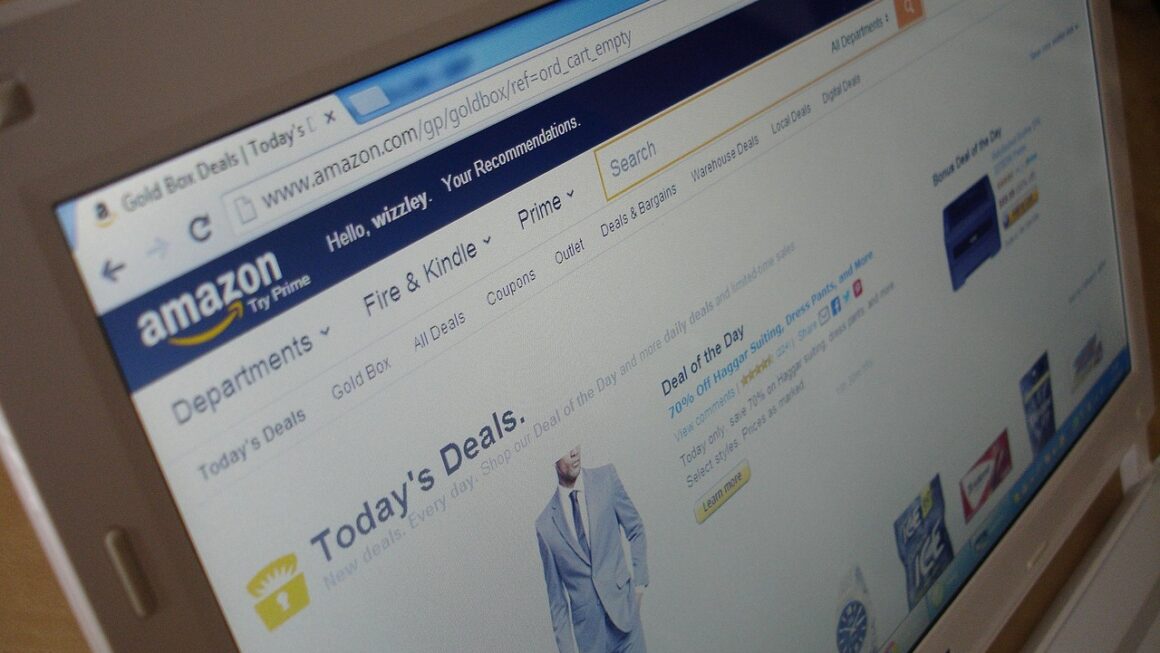A seamless checkout experience is the holy grail of e-commerce. It’s the pivotal moment where browsing transforms into buying, and a clunky, confusing, or insecure checkout can send potential customers fleeing to competitors. Optimizing your checkout process is not just about aesthetics; it’s about boosting conversion rates, increasing revenue, and building customer loyalty. Let’s dive into how to create a checkout experience that converts.
Understanding the Importance of a Streamlined Checkout
A poorly designed checkout process can be a major conversion killer. Studies show that a significant percentage of online shoppers abandon their carts during checkout, often due to preventable issues. Understanding the common pain points and addressing them proactively is crucial for success.
The Cost of Cart Abandonment
Cart abandonment represents a significant loss in potential revenue. Consider these statistics:
- The average cart abandonment rate hovers around 70%.
- Unexpected shipping costs are a leading cause of abandonment.
- Requiring account creation before purchase is another common frustration.
- A complicated checkout process drives customers away.
By reducing cart abandonment, you can directly impact your bottom line.
Benefits of a User-Friendly Checkout
Investing in a streamlined checkout process offers numerous benefits:
- Increased Conversion Rates: A smoother checkout leads to more completed purchases.
- Improved Customer Satisfaction: A positive experience encourages repeat business.
- Reduced Customer Support Inquiries: A clear and intuitive process minimizes confusion.
- Enhanced Brand Reputation: A professional checkout builds trust and credibility.
- Competitive Advantage: A superior checkout experience sets you apart from competitors.
Key Elements of an Optimized Checkout Page
An effective checkout page isn’t just about taking payments; it’s about guiding the customer effortlessly through the final steps of their purchase. Several key elements contribute to a positive experience.
Simplicity and Clarity
- Minimalist Design: Remove unnecessary distractions and clutter. Focus on the essential information needed to complete the purchase.
- Clear Navigation: Provide clear steps in the checkout process, such as “Shipping,” “Billing,” and “Payment.” A progress indicator can be helpful.
- Guest Checkout Option: Allow customers to purchase without creating an account. This reduces friction for first-time buyers. Make account creation optional after the purchase is complete.
Example: Offer a prominent “Continue as Guest” button alongside the “Create Account” or “Login” options.
- Concise Form Fields: Only ask for necessary information. Avoid lengthy forms that can be overwhelming.
Tip: Consider using address auto-completion to speed up the process.
Trust and Security
- SSL Certificate: Ensure your website uses HTTPS to encrypt data transmitted during checkout. Displaying a padlock icon can reassure customers.
- Security Badges: Prominently display security badges from trusted providers like Norton, McAfee, or Comodo.
- Privacy Policy: Link to your privacy policy to assure customers that their data is protected.
- Payment Gateway Security: Use reputable payment gateways known for their security measures.
Payment Options and Flexibility
- Multiple Payment Methods: Offer a variety of payment options, including credit cards, debit cards, PayPal, Apple Pay, Google Pay, and other popular methods.
- Buy Now, Pay Later (BNPL): Consider integrating BNPL options like Klarna or Afterpay to make purchases more accessible.
- Clear Pricing: Display the total cost, including taxes and shipping fees, upfront. Avoid hidden fees that can lead to cart abandonment.
- Easy-to-Update Cart: Allow customers to easily modify their cart contents (e.g., change quantities or remove items) without leaving the checkout page.
Mobile Checkout Optimization
With the increasing prevalence of mobile shopping, optimizing your checkout for mobile devices is no longer optional. A mobile-friendly checkout is crucial for capturing sales from on-the-go shoppers.
Responsive Design
- Ensure your checkout page is responsive and adapts seamlessly to different screen sizes.
- Use a mobile-first approach to prioritize the mobile experience.
Streamlined Forms
- Minimize the number of form fields and use appropriate input types for mobile devices (e.g., number keypad for credit card numbers).
- Enable autofill for addresses and payment information.
Touch-Friendly Interface
- Use large, easy-to-tap buttons and links.
- Avoid using small fonts or elements that are difficult to interact with on touchscreens.
One-Page Checkout (Considerations)
While one-page checkouts can be beneficial on desktop, evaluate its usability on mobile. It might become too long and overwhelming. A well-designed multi-page checkout can be more effective on smaller screens.
A/B Testing and Continuous Improvement
Optimizing your checkout is an ongoing process. Regularly A/B test different elements to identify areas for improvement and maximize conversion rates.
What to Test
- Form Field Order: Experiment with the order of form fields to see which configuration performs best.
- Button Placement and Text: Test different button colors, sizes, and call-to-action text.
- Payment Options: Evaluate the impact of adding or removing different payment methods.
- Security Badges: Test the placement and type of security badges to see which ones resonate most with your customers.
- One-Page vs. Multi-Page Checkout: Compare the performance of a one-page checkout against a multi-page checkout.
Tools for A/B Testing
- Google Optimize
- Optimizely
- VWO (Visual Website Optimizer)
- AB Tasty
Analyzing Results
- Track key metrics such as conversion rate, cart abandonment rate, and average order value.
- Use analytics tools to identify drop-off points in the checkout process.
- Gather customer feedback through surveys or user testing.
Conclusion
Optimizing your checkout process is an investment that yields significant returns. By focusing on simplicity, security, and a user-friendly experience, you can reduce cart abandonment, increase conversion rates, and build customer loyalty. Remember to continuously test and iterate to find the optimal checkout flow for your specific audience and business. By prioritizing a seamless and secure checkout, you transform the final step into a customer delight, not a hurdle.




